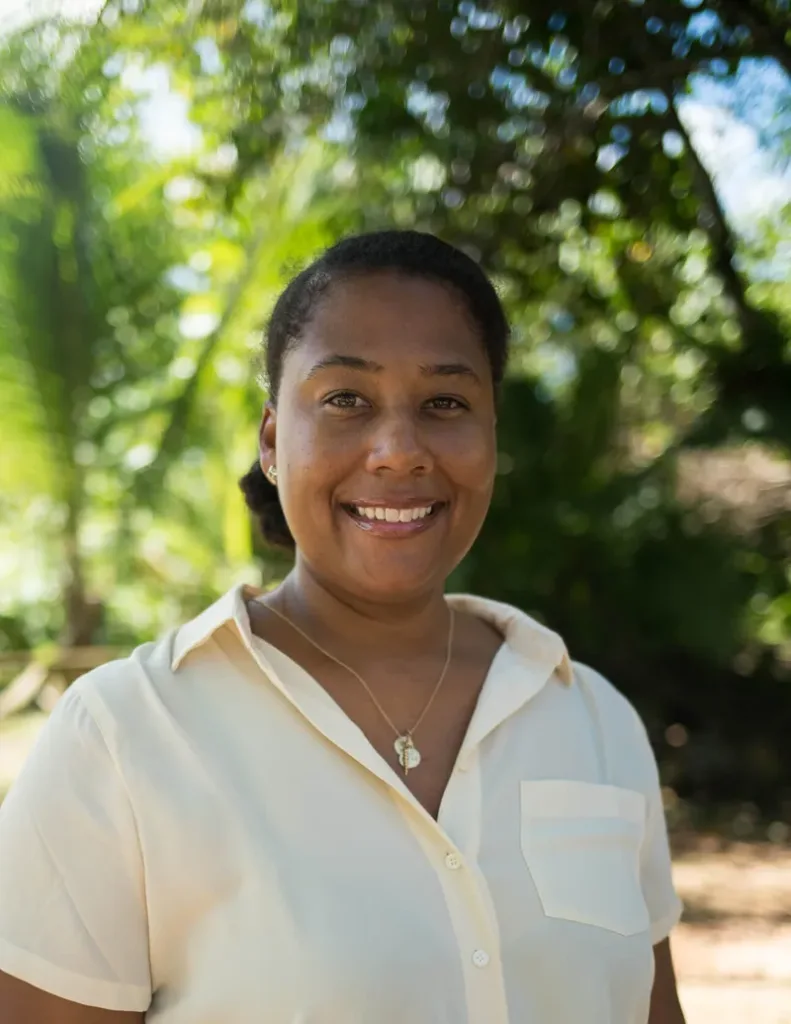
By: Cinda Scott, PhD
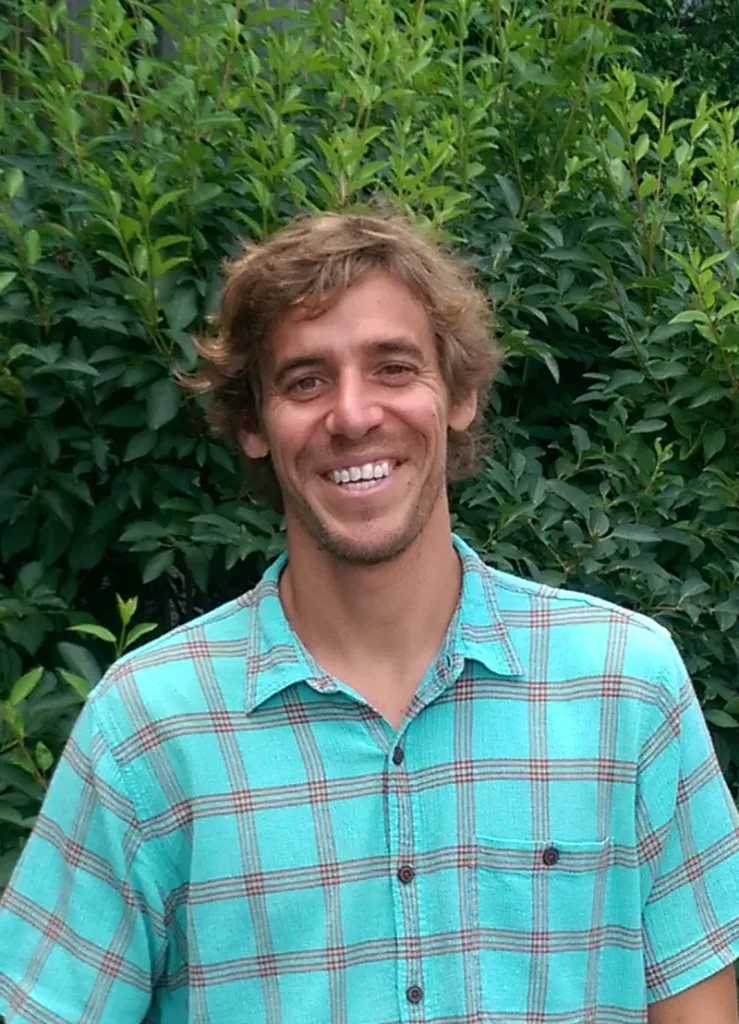
By: Leon Mach, PhD

By: Rosanette Quesada Hidalgo, PhD
By: Dr. Dagoberto Venera-Ponton
Directed Research in Bocas del Toro
Each semester, SFS students split into small teams and conduct Directed Research (DR) projects in faculty-led groups. Through DR, students not only have the opportunity to implement the field research skills they’ve been learning throughout the semester; they also contribute to a legacy of environmental research and stewardship led by the Center in their community. Read on to hear from each of the faculty members leading research this semester and learn about the projects students are completing!
Dr. Cinda Scott
The advent of the SARS-Cov-2 (COVID-19) pandemic has presented a resurgence of foreign interest in the archipelago of Bocas del Toro, where infection rates and deaths remain in low numbers. Real estate has experienced a recent boom with many foreigners buying properties sight unseen or having very little understanding of the social, economic, cultural or ecological characteristics of the Bocas region. To date, no studies have analyzed perceptions of mangrove value or where and how deforestation of mangroves in the archipelago is impacting coastal communities in Bocas. The advent of COVID-19 seems to have accelerated rapid development throughout the archipelago without the required environmental assessments for their removal. Cataloging mangrove removal areas in real time is important for conservation and Marine Protected Area strategies. Mangroves have intrinsic value that is not readily visible, and their value in Bocatoreño society is not readily quantifiable. This study seeks to lay the foundation for future collection of quantifiable evidence of the intrinsic value of mangrove ecosystems in the region beyond fish stock assessment to determine the societal value of mangroves in order to promote their protection, considering their importance to tourism in the region.
This baseline study seeks to gather information at the socio-ecological nexus of how the value of mangroves is perceived. The study aims to understand how tourism development impacts drive the removal of mangroves which in turn influences fish and invertebrate populations and ultimately tourist satisfaction. Three social sectors are considered: local Panamanians, tourists, and lifestyle migrants. Specific reef fish species, sponge, and coral presence will be included and used as indicators of ecosystem health. The investigation is three-pronged: 1) Obtain community knowledge of mangrove value, considering recent mangrove removal for tourism development projects; 2) Create a map of mangrove removal sites; and 3) Assess biodiversity and document indicators of ecosystem health near areas of mangrove removal.
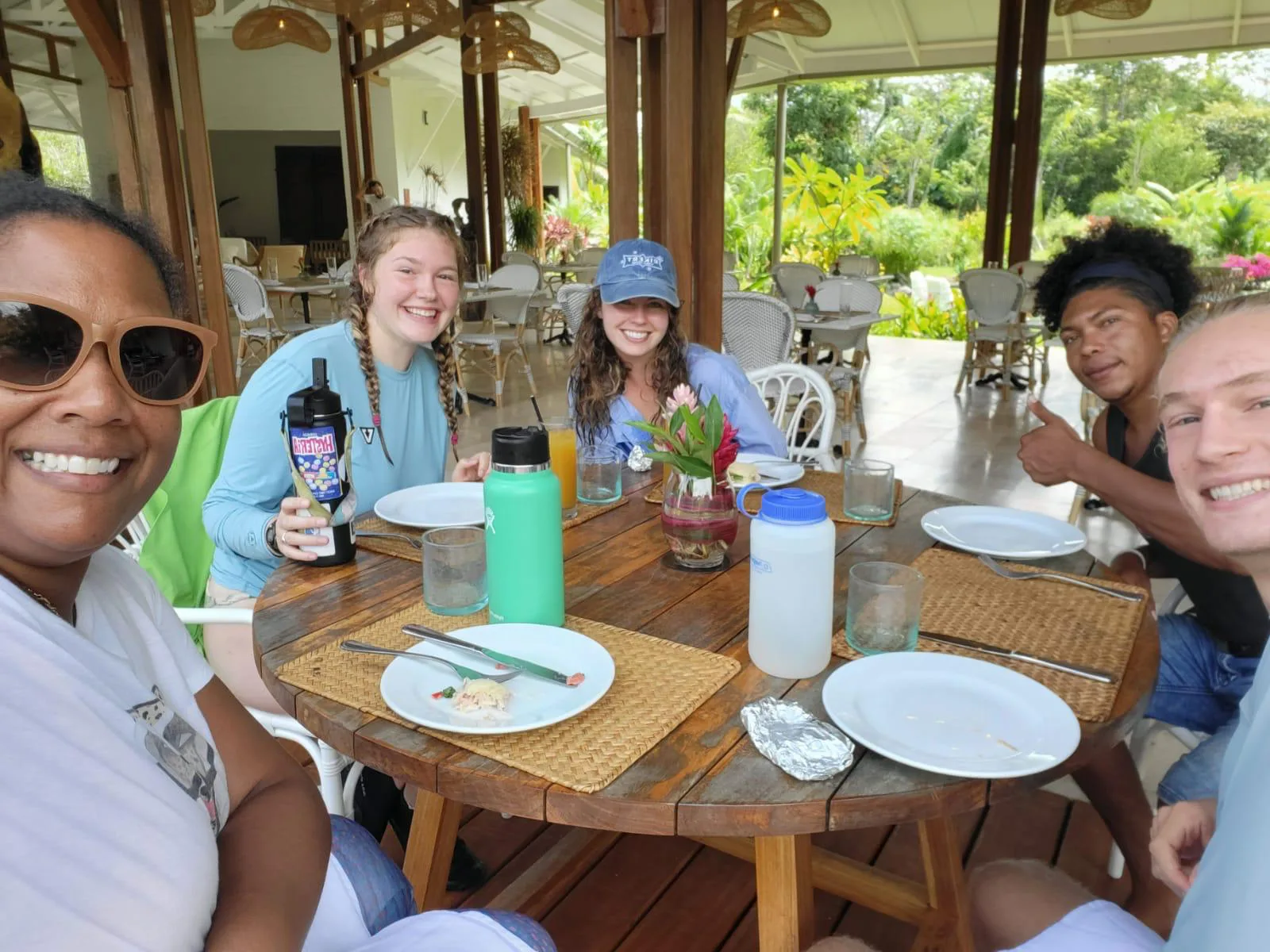
Students having lunch. Photo by Emily Bischoff.
Dr. Leon Mach
Estimates suggest wildlife tourism accounts for 20 to 40% of the entire international tourism industry. The tourist map in Bocas del Toro, Panama is now predominantly comprised of sites named to attract tourists wanting encounters with charismatic wildlife species. Tourists shuffle between Dolphin Bay, Starfish Beach, Sloth Island, Bird Island, and Coral Key, in hopes of seeing and photographing those things specifically – one at a time. Many speculate that these tours lead to intense traffic at wildlife tourism attractions (WTAs) and that this has impacts on species well-being, ecosystems, and tourist satisfaction. Except for Dolphin Bay, this phenomenon has not been studied as a widescale problem in Bocas. The goal of this research is to understand if tour operators are providing what tourists want, and whether there are negative impacts from the WTA industry. Ethnographic observations, semi-structured interviews, and surveys will be utilized to elucidate the size and scope of the industry, as well as tourist satisfaction and potential industry impacts.

Student observing sloth at Sloth Island. Photo by River Hayes.
Dr. Rosa Quesada
The presence of intrasexual dimorphism in males is widespread throughout the animal kingdom. When the intrasexual selection is intense, males bearing exaggerated traits (i.e. majors) monopolize most of the copulations and defend reproductive resources and/or food, usually through agonistic interactions. Males with small traits or no traits (i.e. minors) frequently adopt alternative reproductive tactics (ARTs) that do not involve fights with other males. Field observations indicate the presence of major and minor males in the newly described species of daddy long leg Poecilaemula iching, a Neotropical arachnid only known from the Caribbean of Costa Rica and Panama. In this project, we are using morphological measurements to test if there are in fact two male morphs in this species. We are also performing laboratory and field behavioral observations to test if each of the male morphs is related to different reproductive tactics such as establishing territories, initiating fights, or mating with more females.
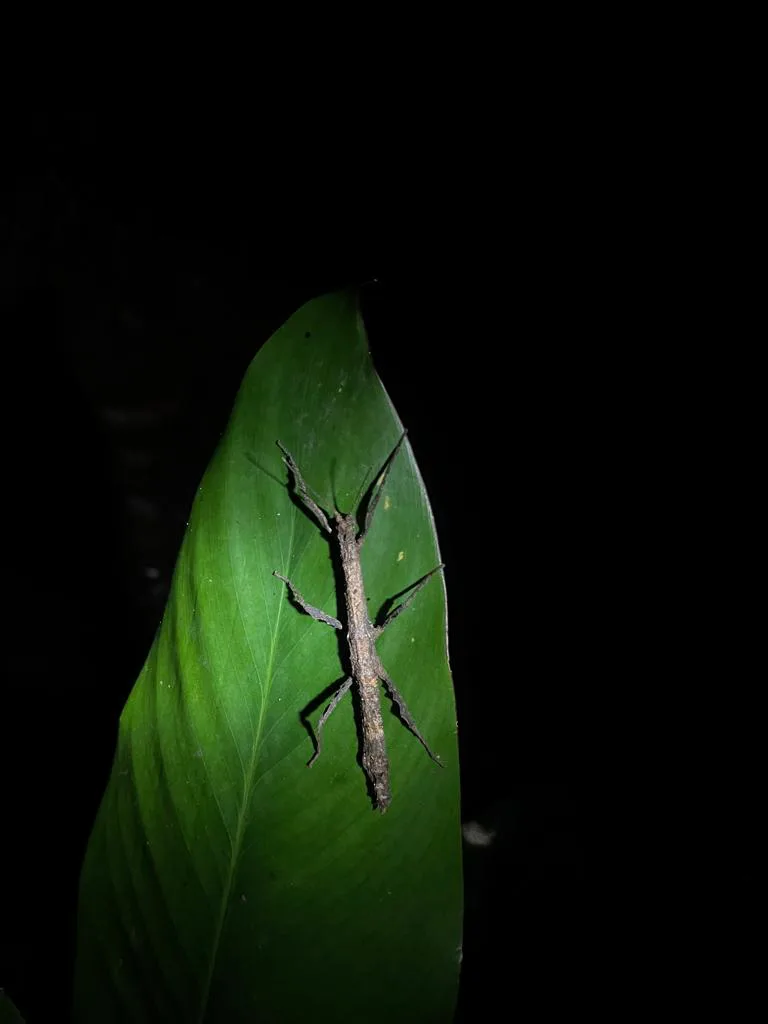
Stick bug. Photo by Rosa Quesada.
Dr. Dagoberto Venera-Ponton
There are multiple coral restoration projects in Bocas del Toro. Most of these projects have scarce access to scientific literature and would benefit from scientific knowledge that support their decisions. One the main problems of coral nurseries are events of high coral mortality with unknown causes. Another problem is the poor understanding of the oceanographic and biological conditions for the locations where corals are transplanted in Bocas del Toro. In this study, we wanted to find which locations are best for the fast recovery of staghorn corals that have been recently exposed to a deadly, stressful event. We also want to understand what physical and biological variables are associated with the success or mortality of corals that are struggling with their lives. When nurseries have a deadly, stressful event, a good strategy to protect corals may be to transplant them (temporarily or permanently) to another location with better conditions for their recovery. Our study seeks to detect good locations for coral recovery and the conditions associated with those locations. To find such locations, we will simulate a coral bleaching event in an aquarium by slowly increasing the temperature up to 36 C. Then, we will transplant the bleached coral fragments to five different reefs across Bocas del Toro and monitor their recovery for a week. In addition to the recovery, we will monitor the temperature, salinity, dissolved oxygen, healthy coral cover, and abundance of keystone species in the transplant locations. The knowledge produced by our study may be of great help to coral nurseries not only in Bocas del Toro but also in the Greater Caribbean and similar areas.
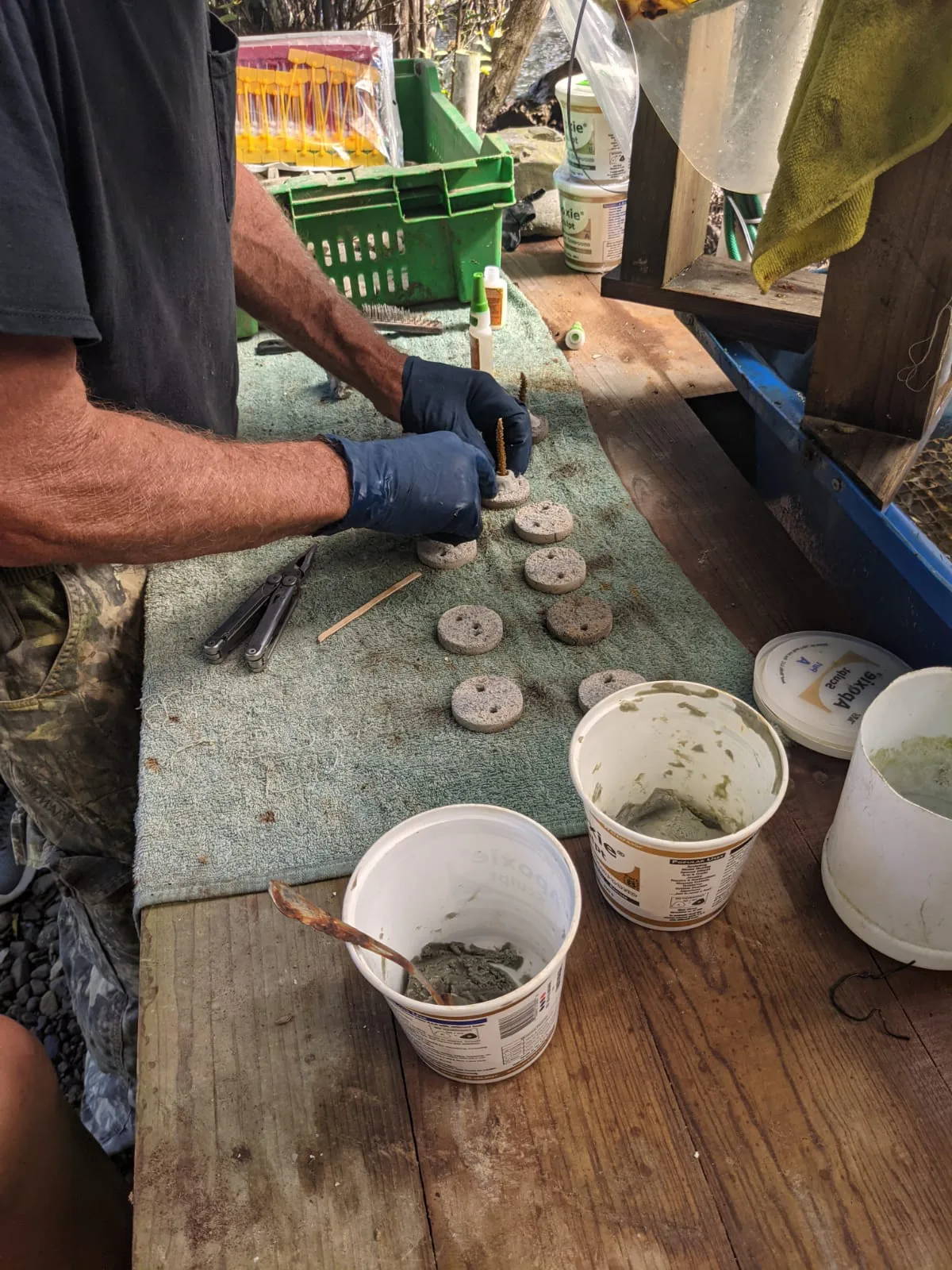
Corals. Photo by Jocelyn Endicott.
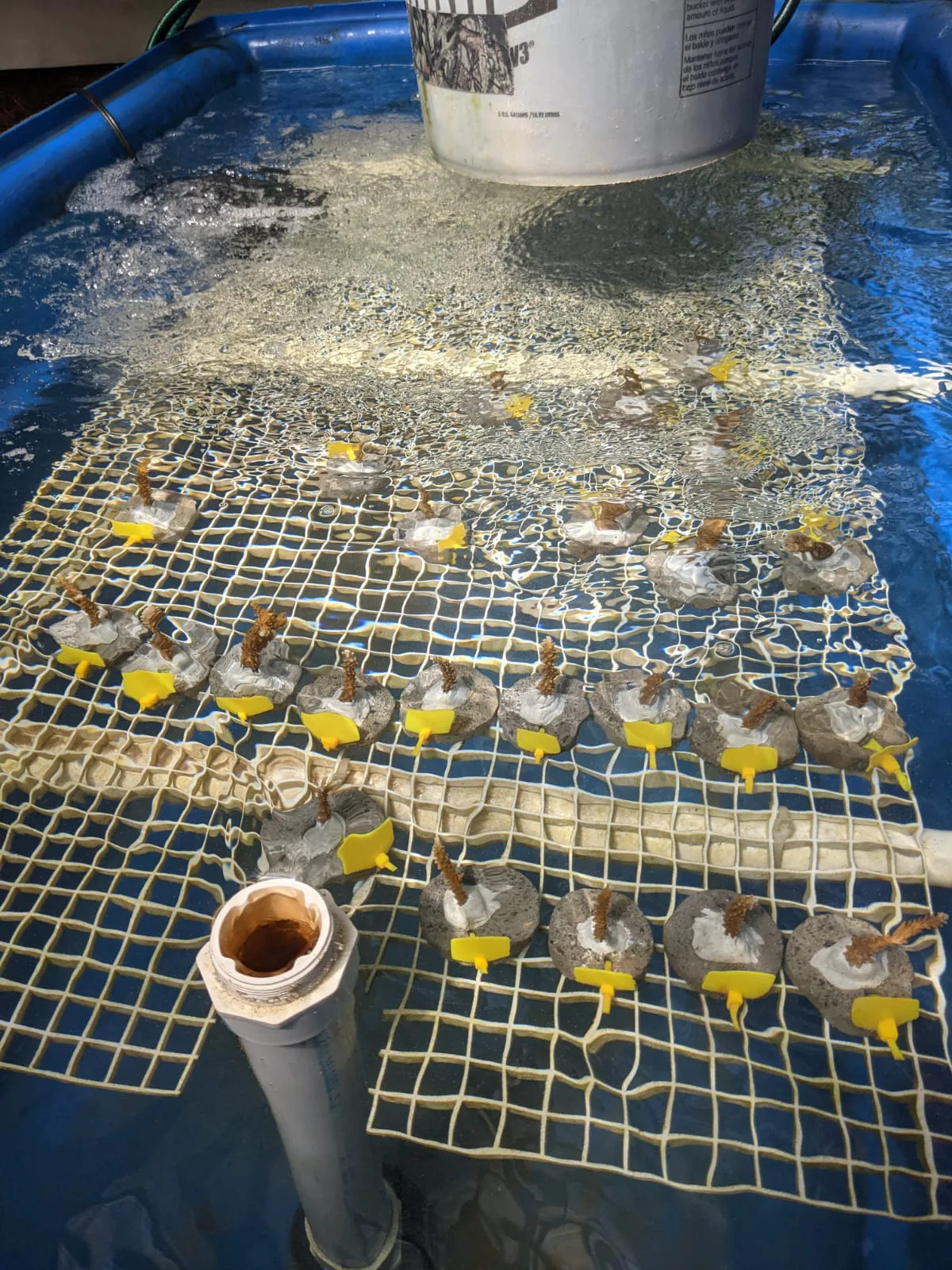
Corals. Photo by Jocelyn Endicott.
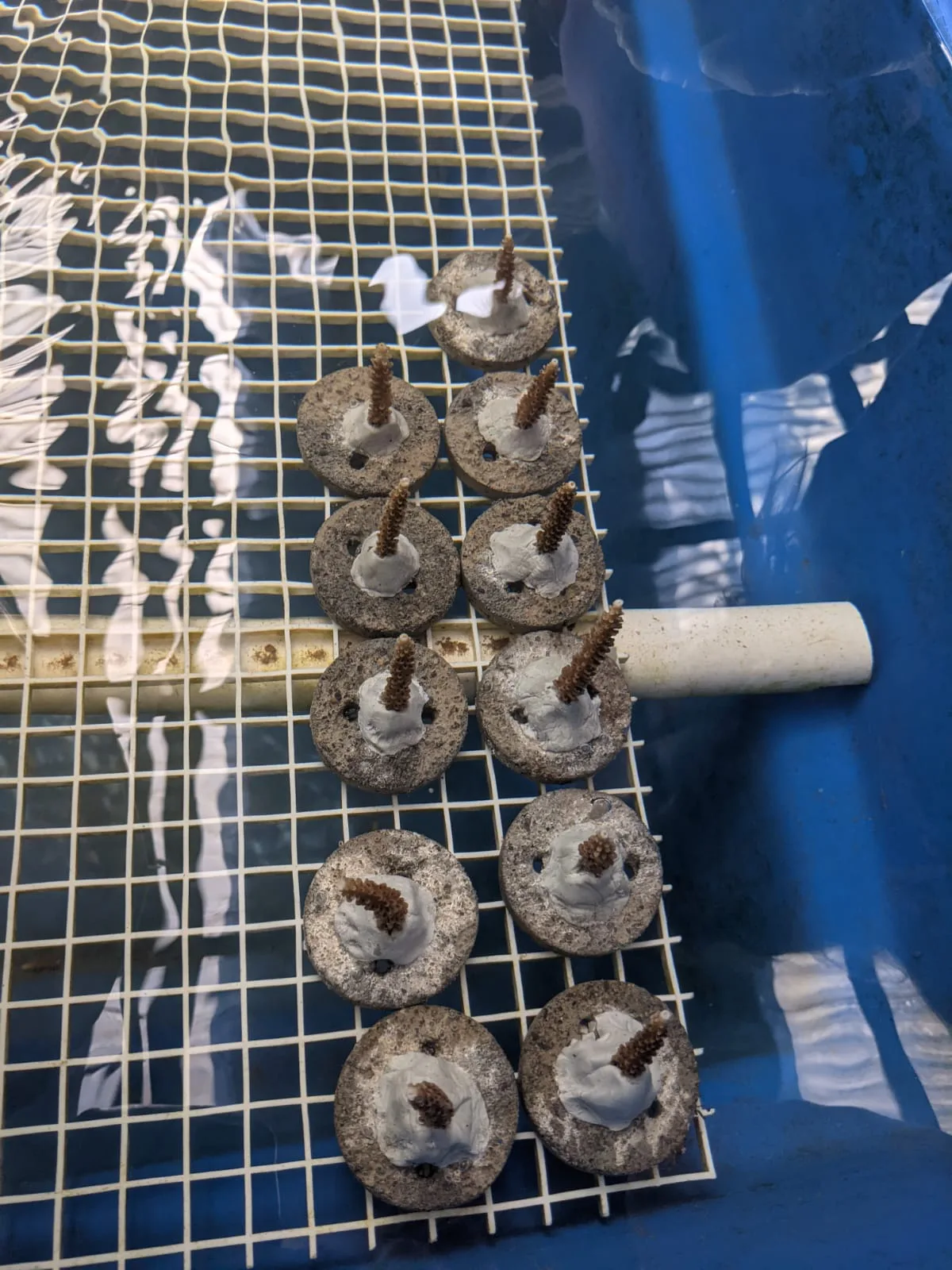
Corals. Photo by Jocelyn Endicott.
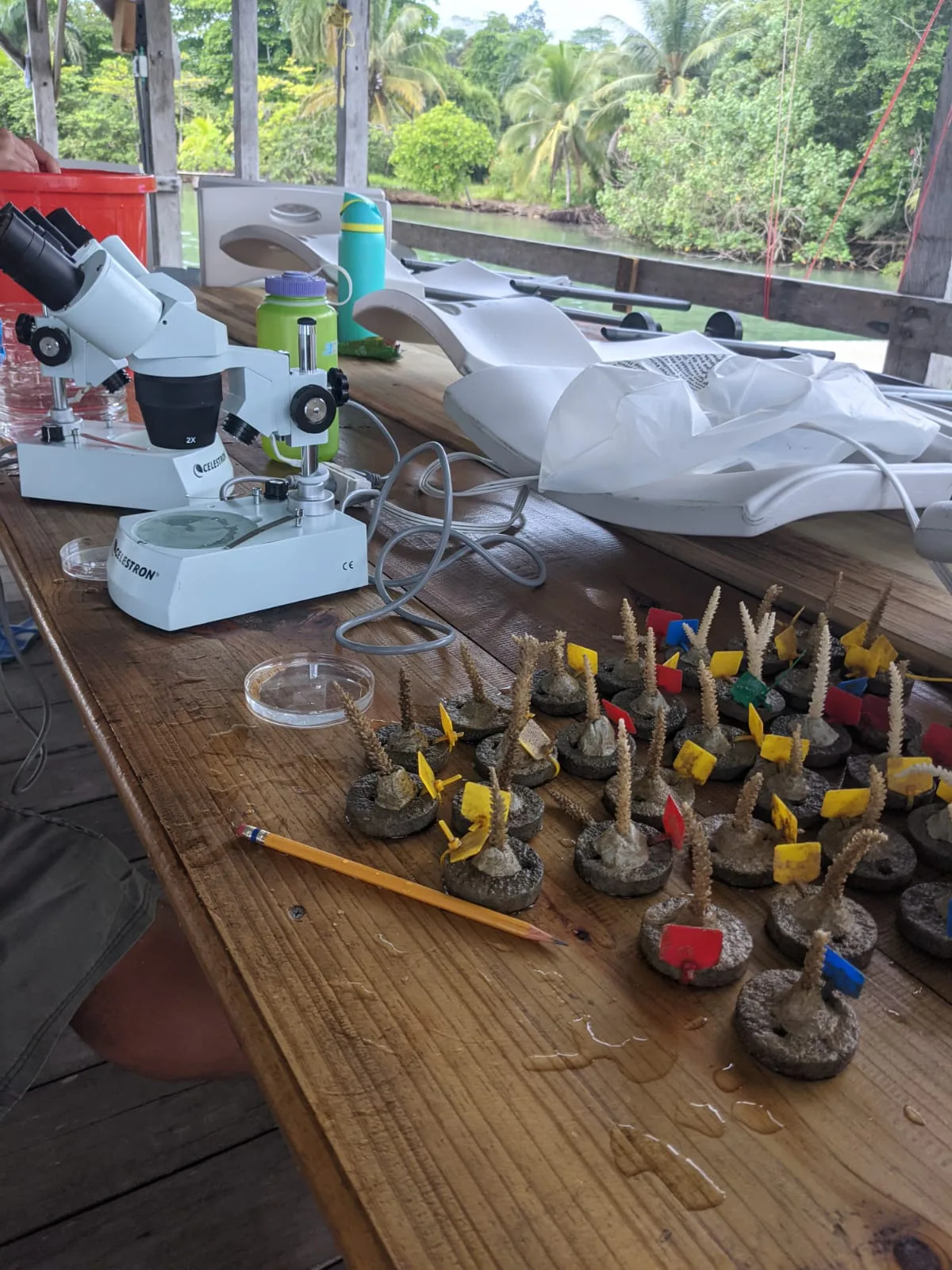
Corals. Photo by Jocelyn Endicott.
_______
Curious to learn a bit more about the SFS Panama Center? Click here to read about why we’re based there, our environmental research focus, how we connect and support the local community, and even take a tour of the Center.
Related Posts
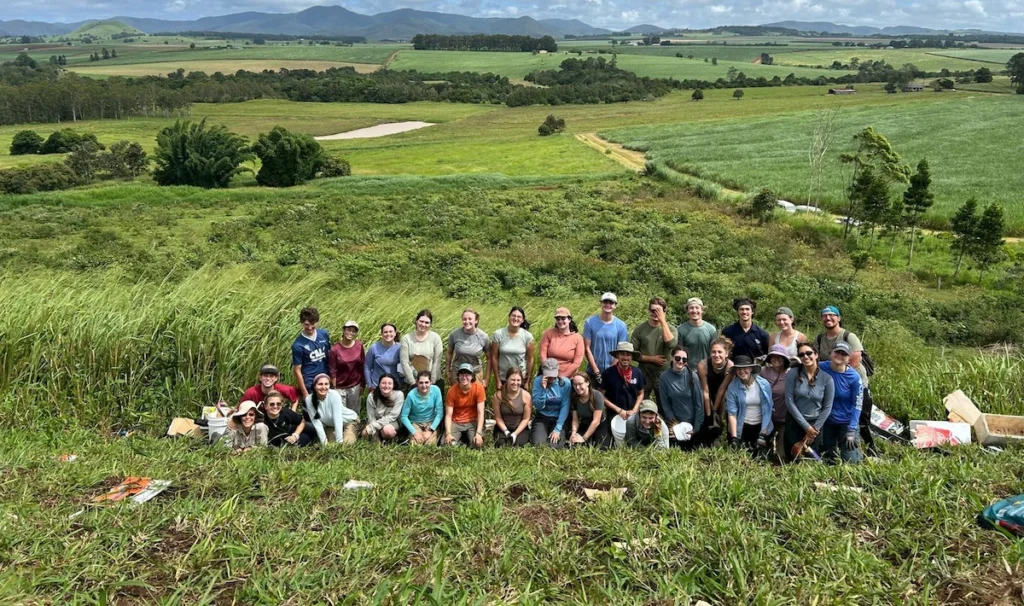
Cinder Cone Chronicles: Lessons from Drought, Data, and Determination
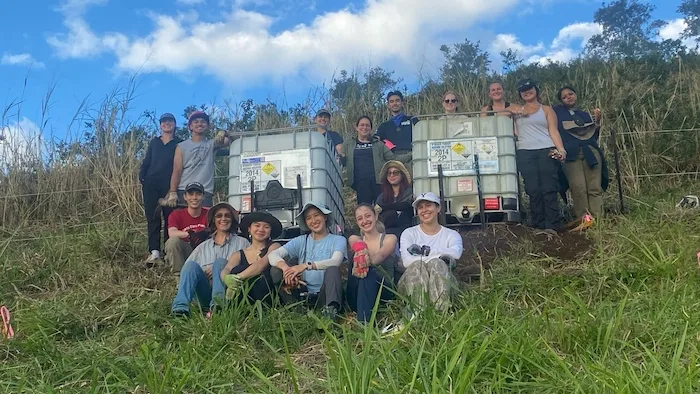
Restoration on a Cinder Cone: A Syntropic Story
